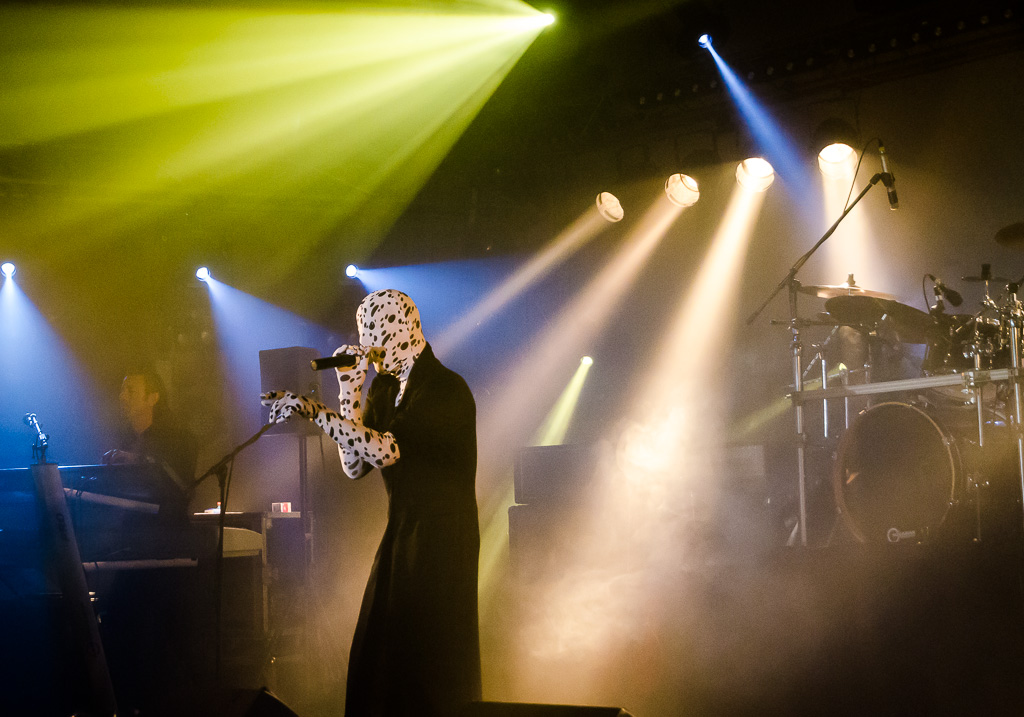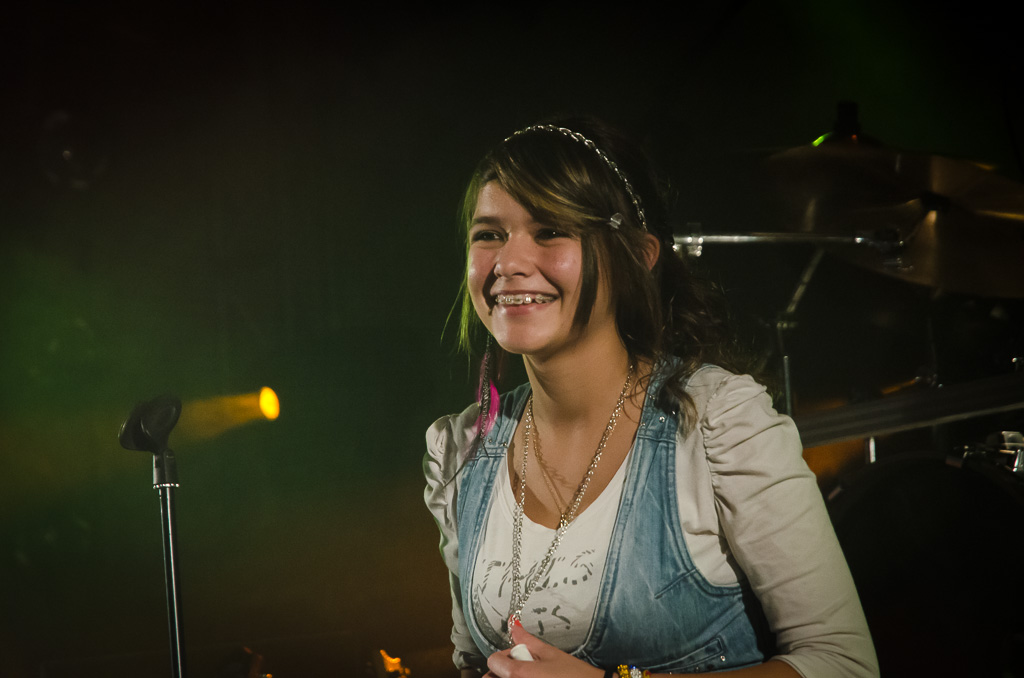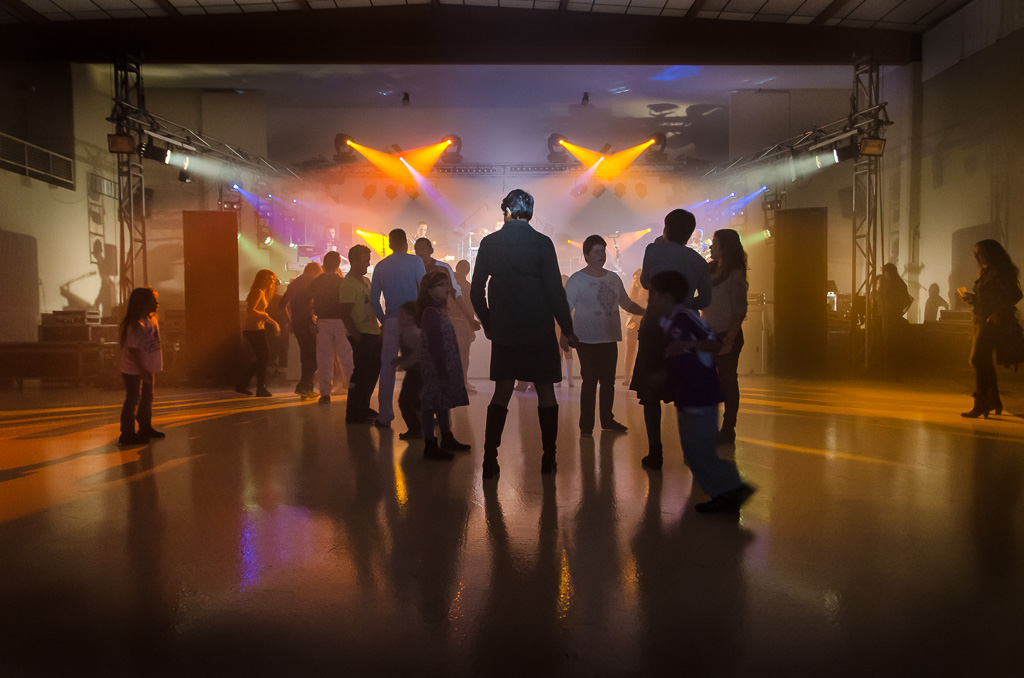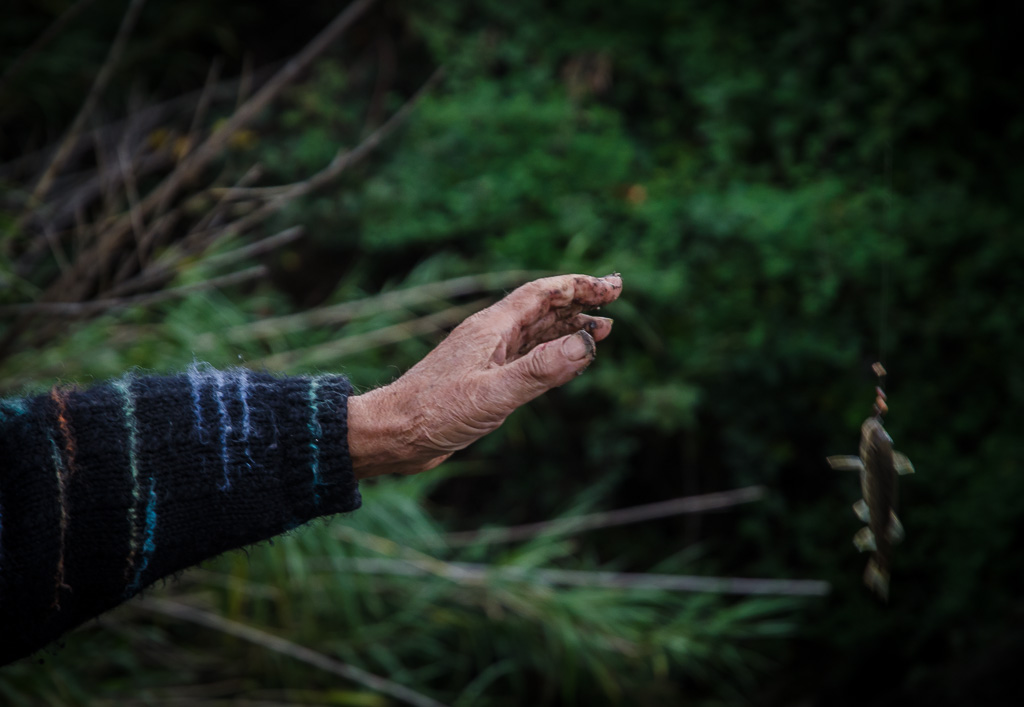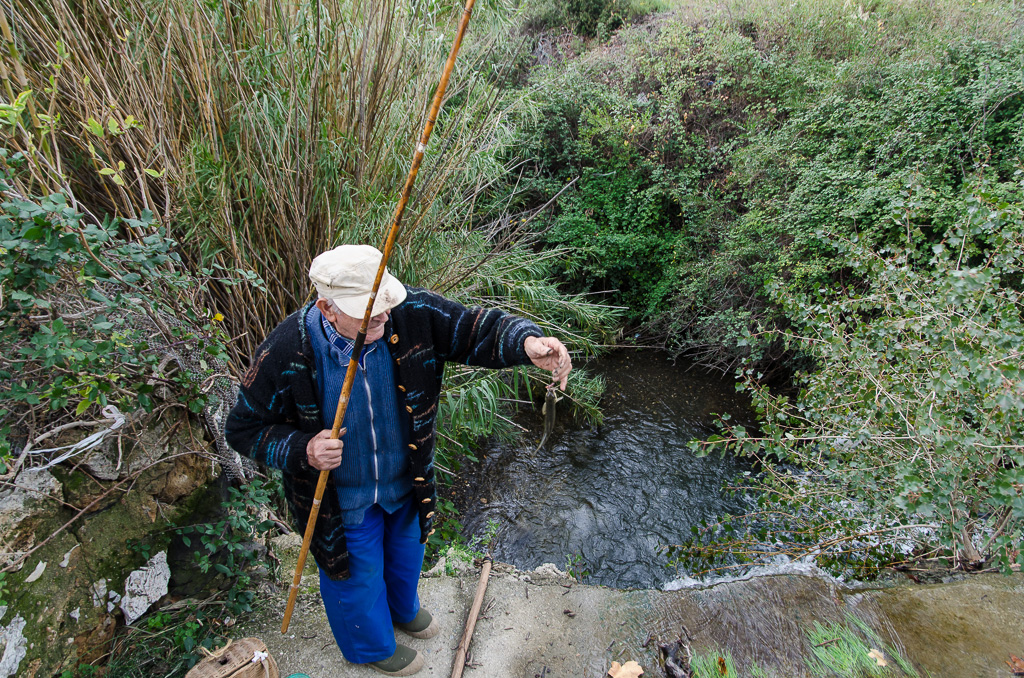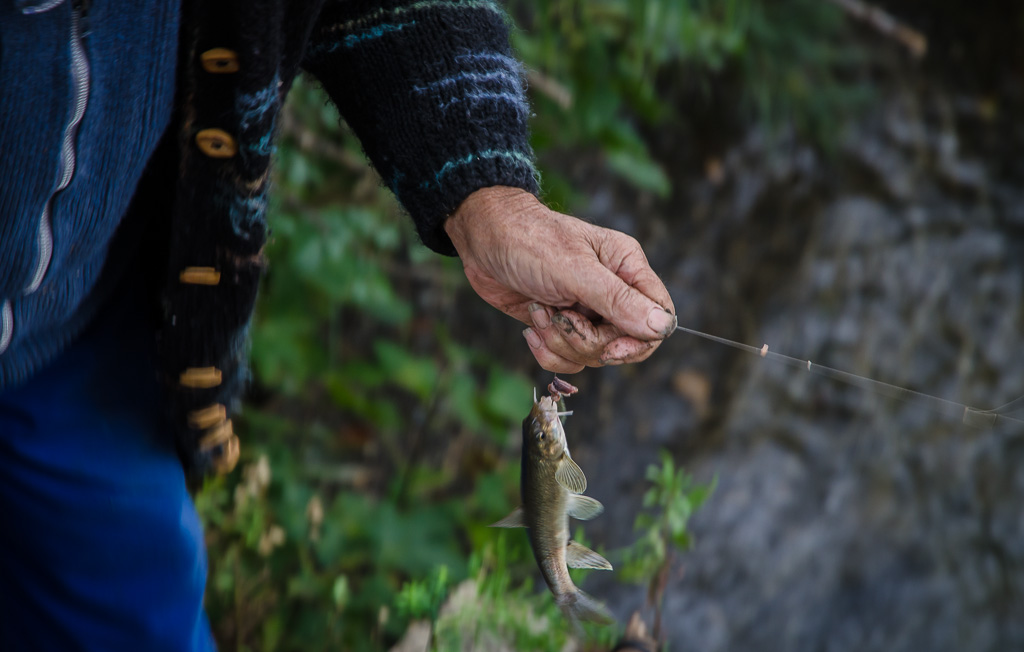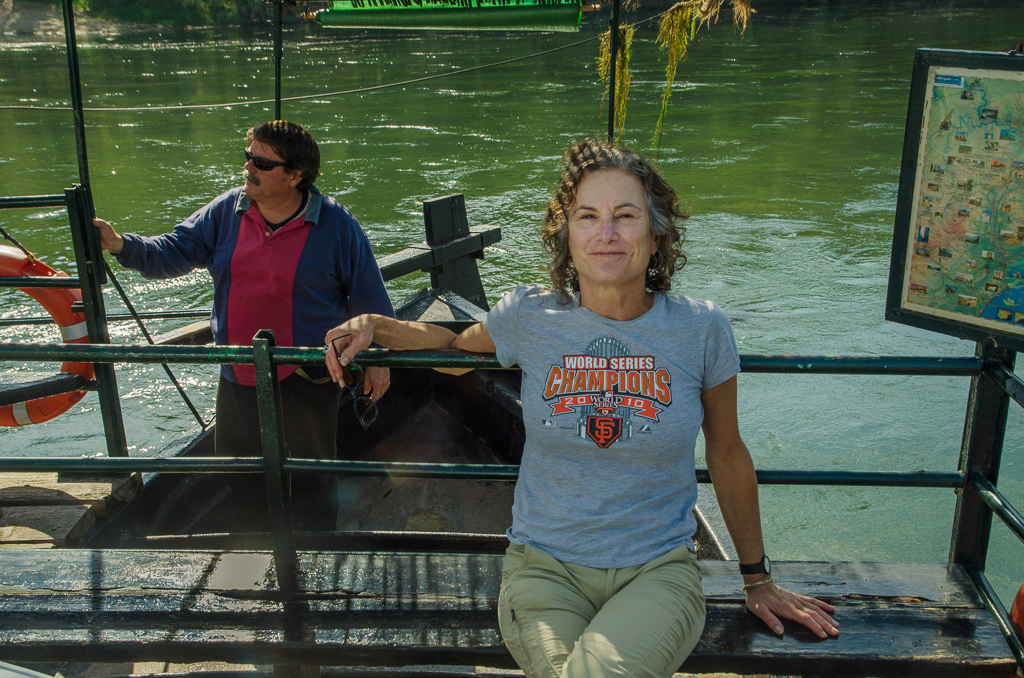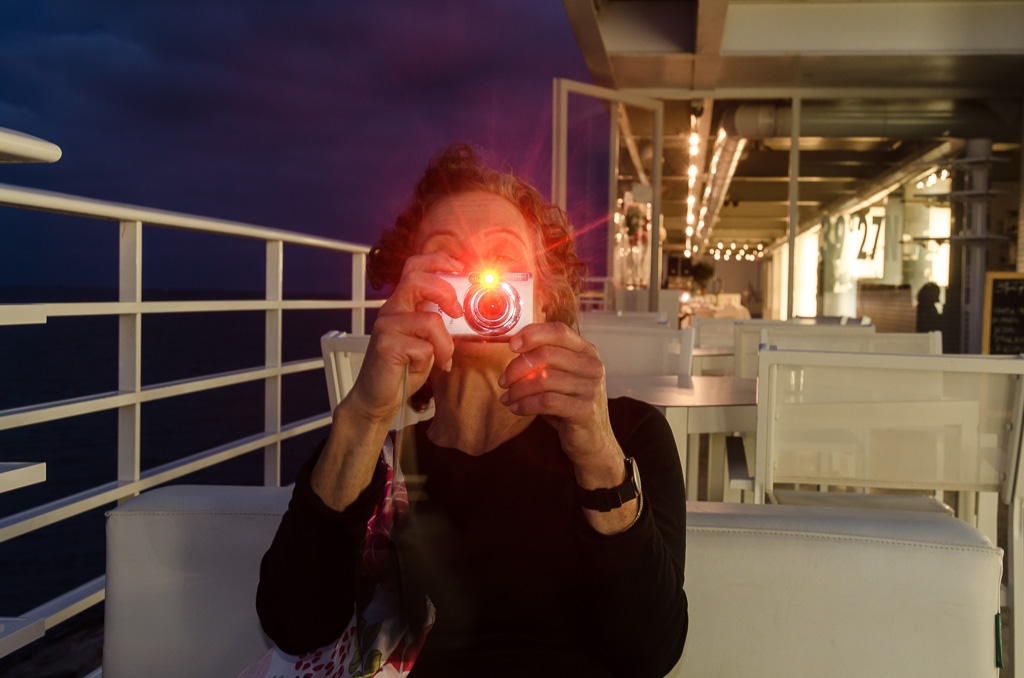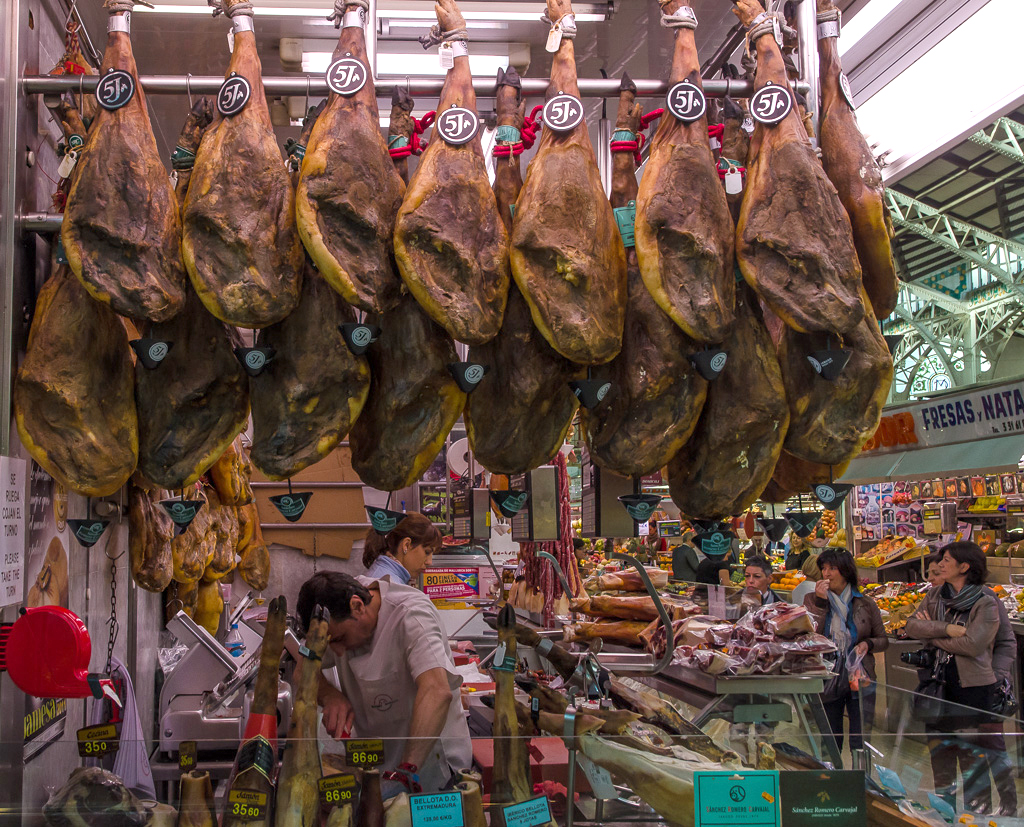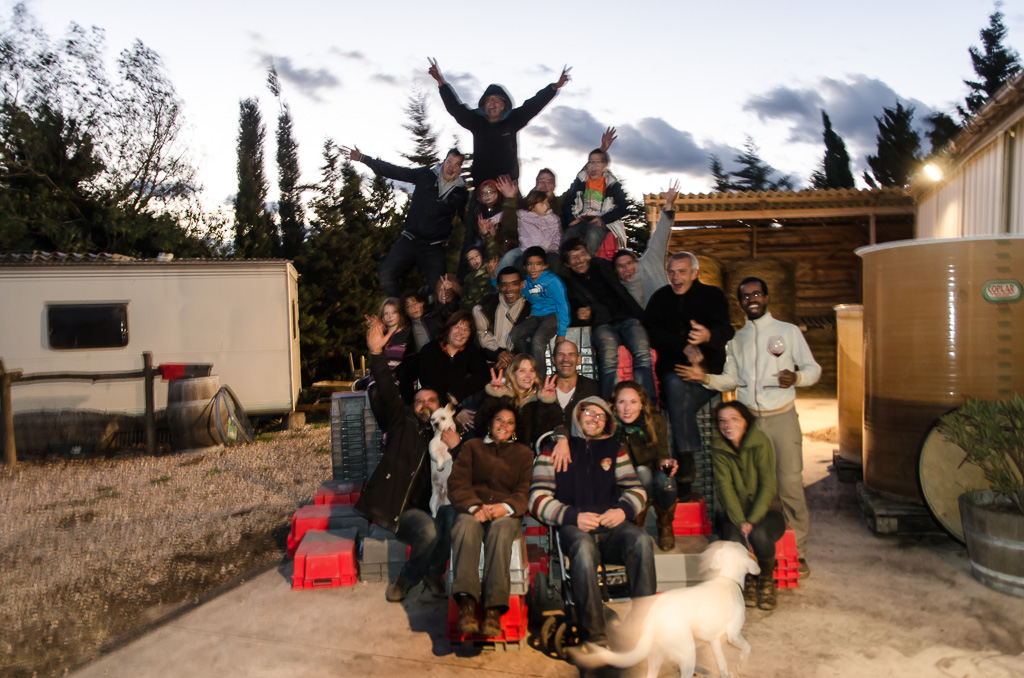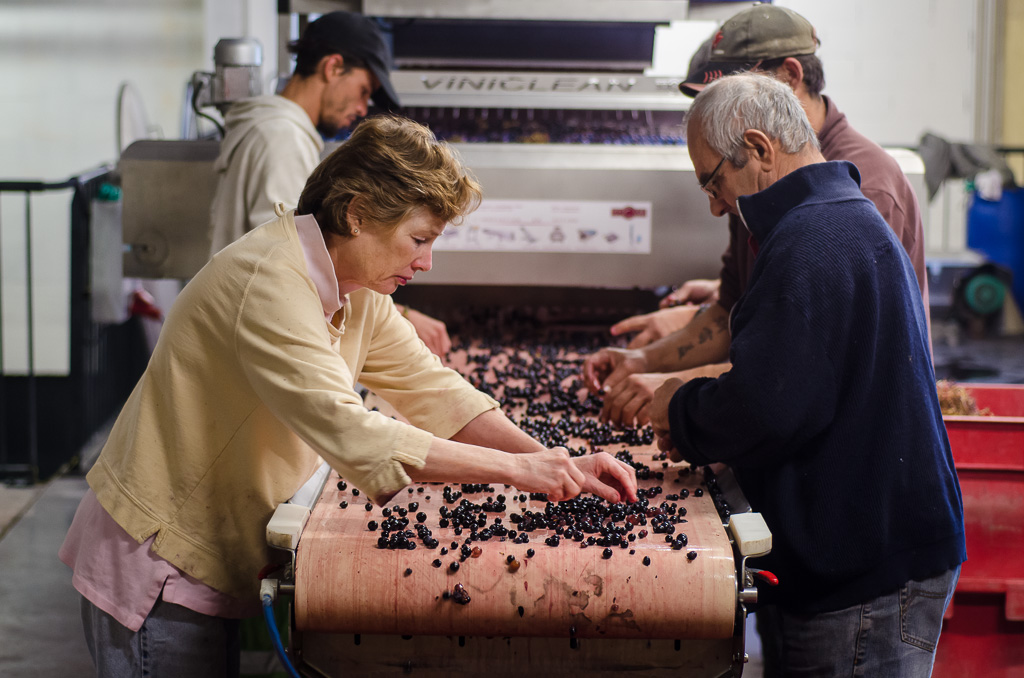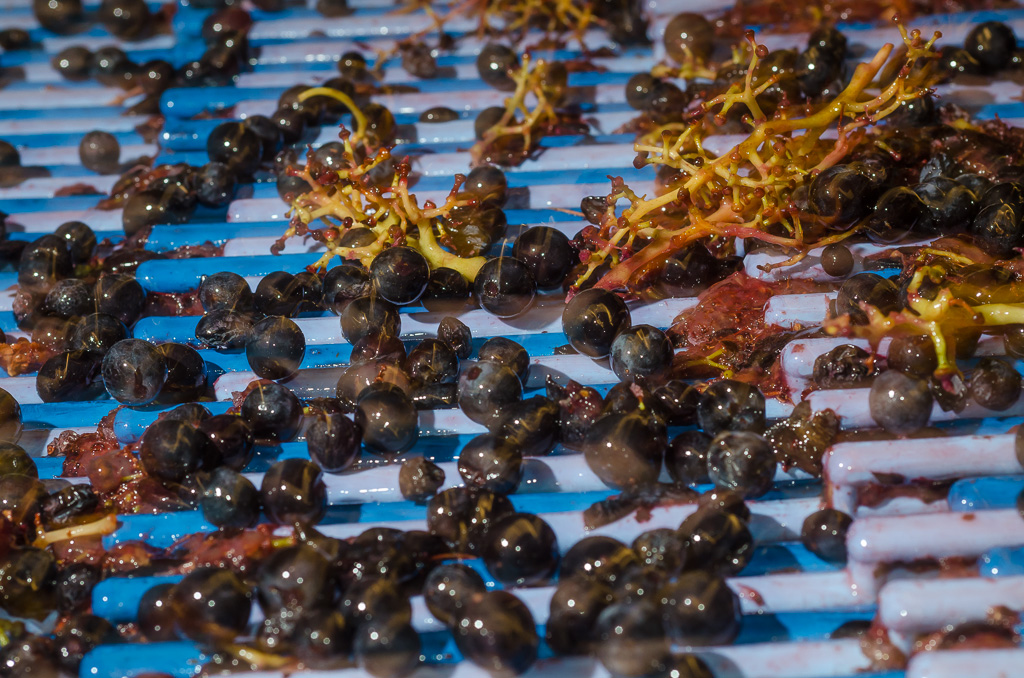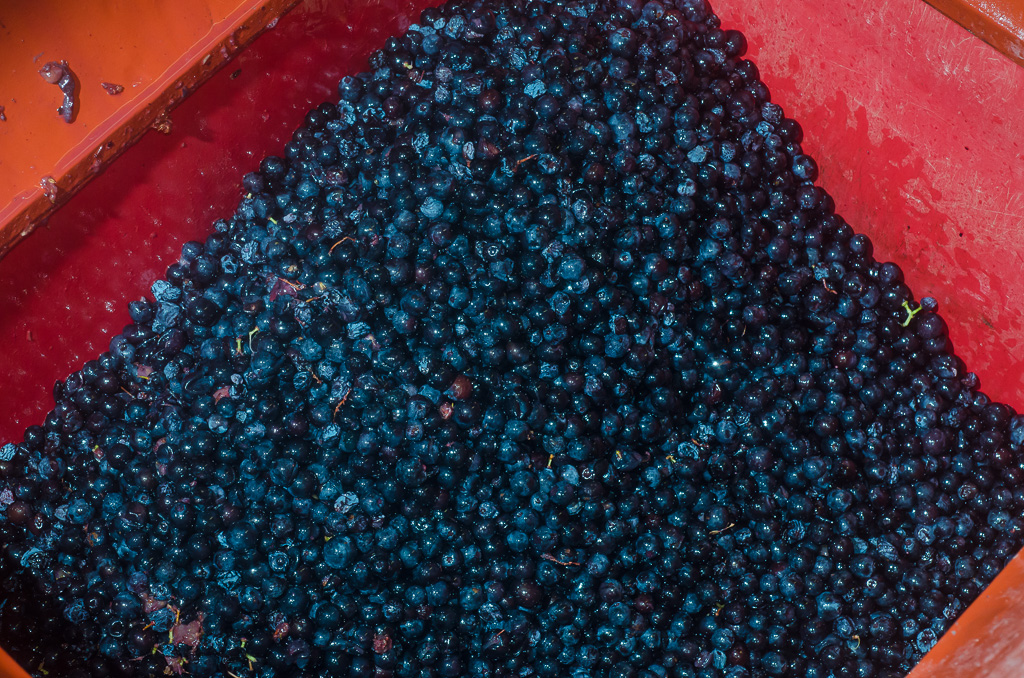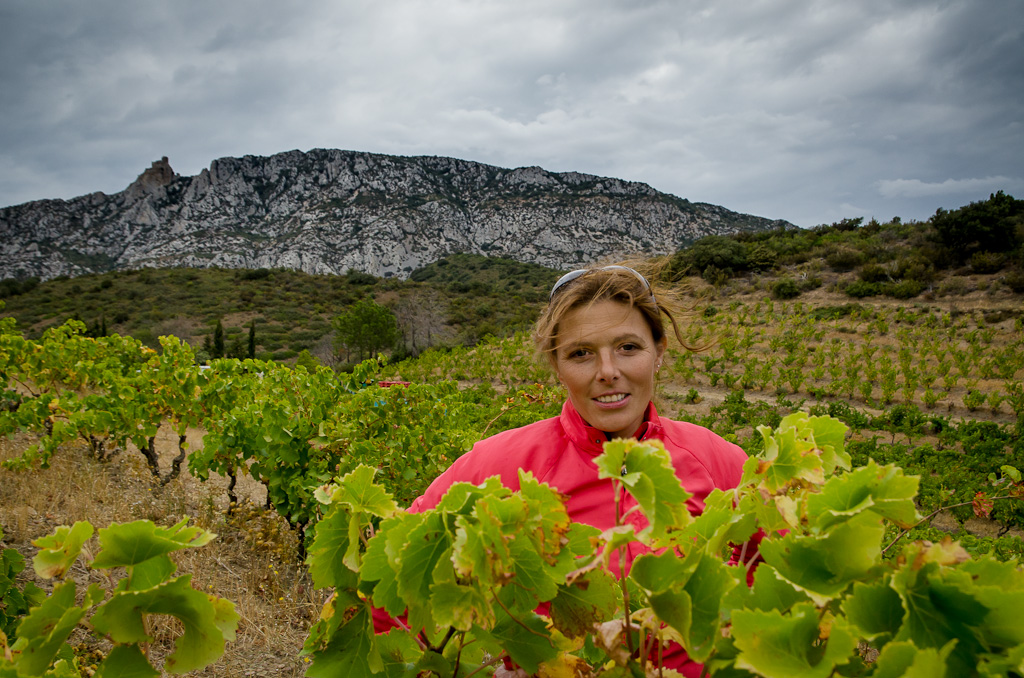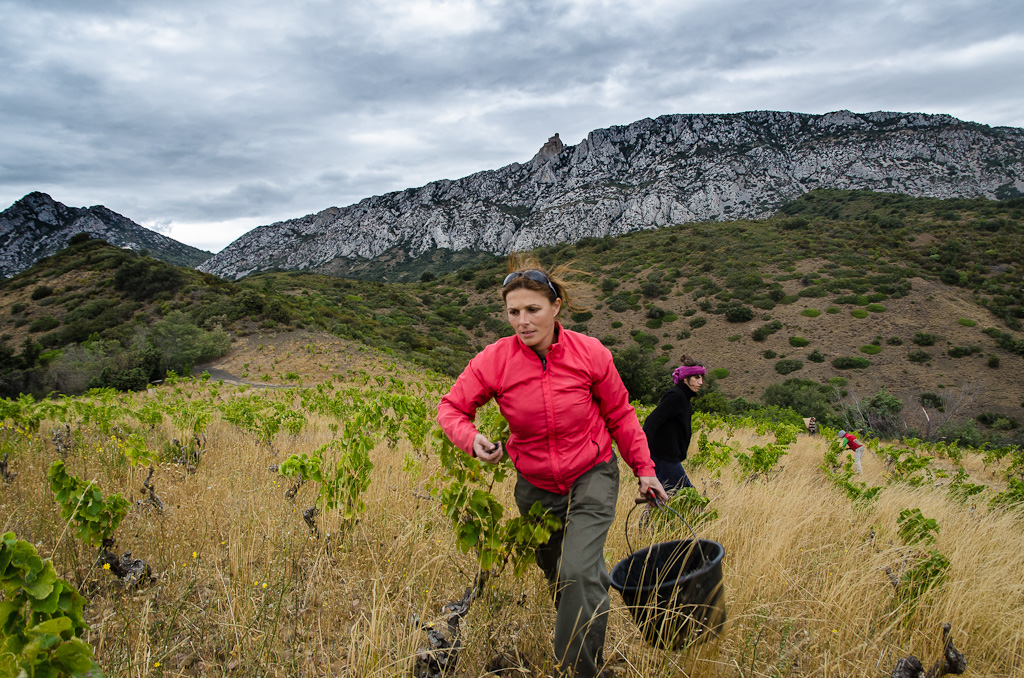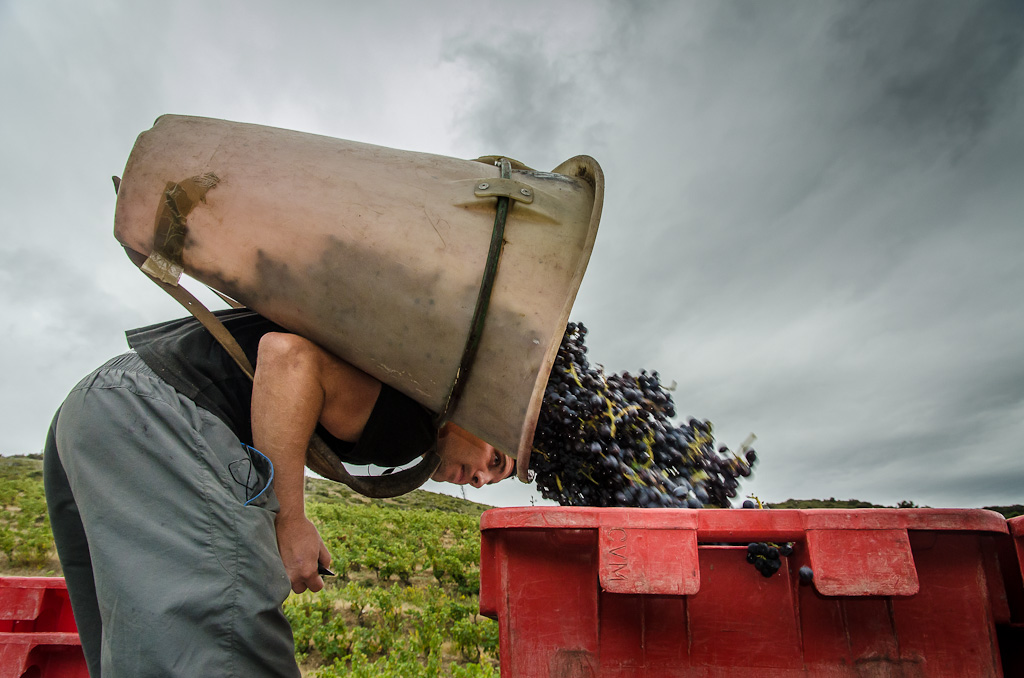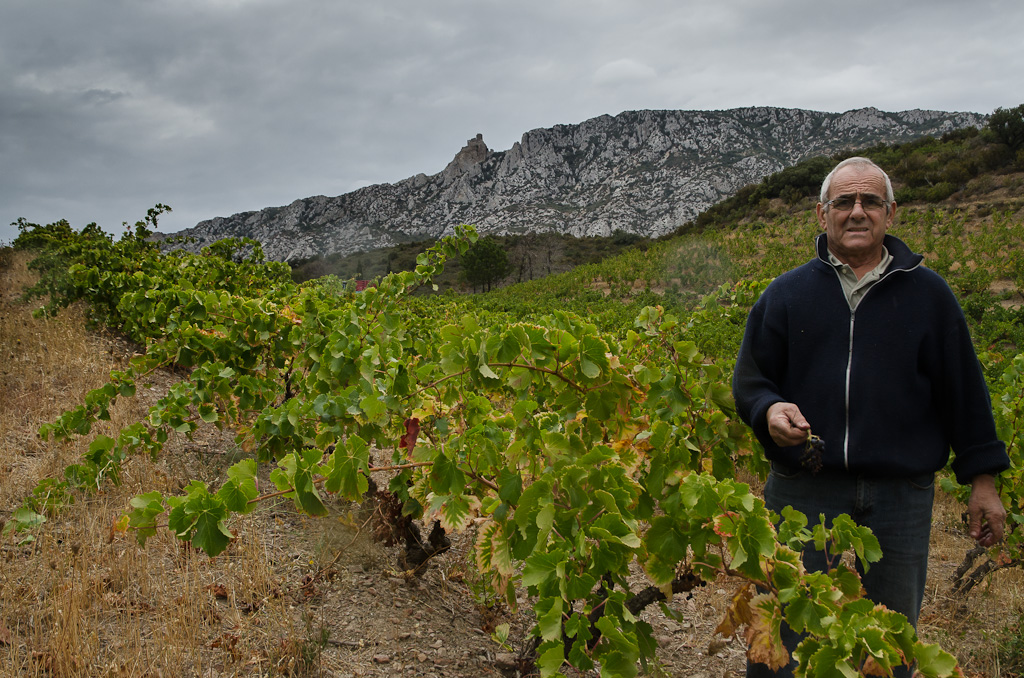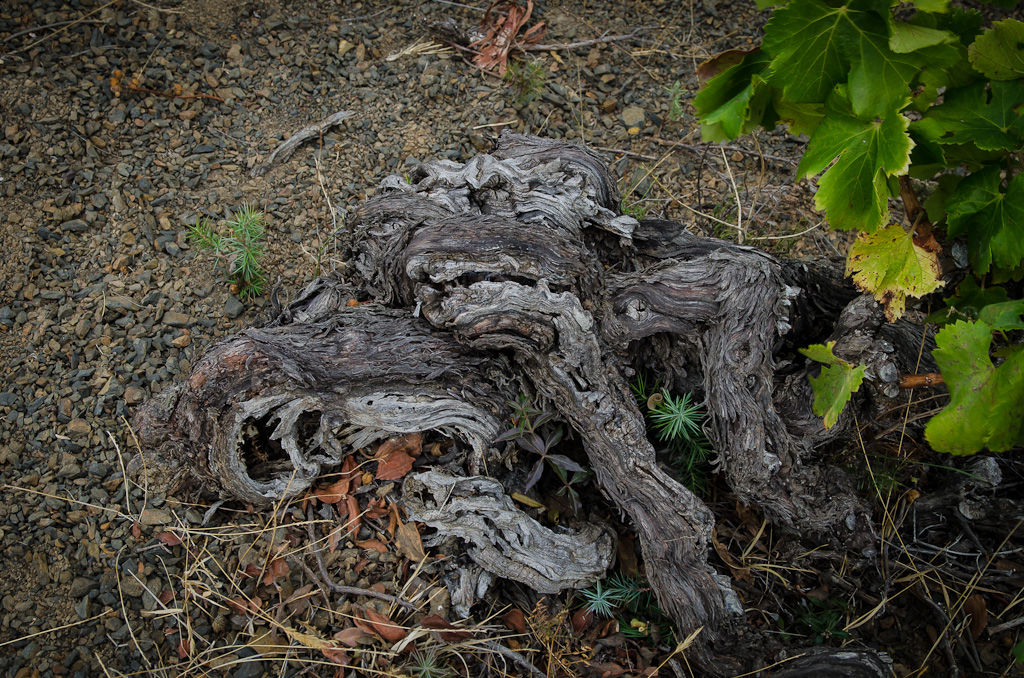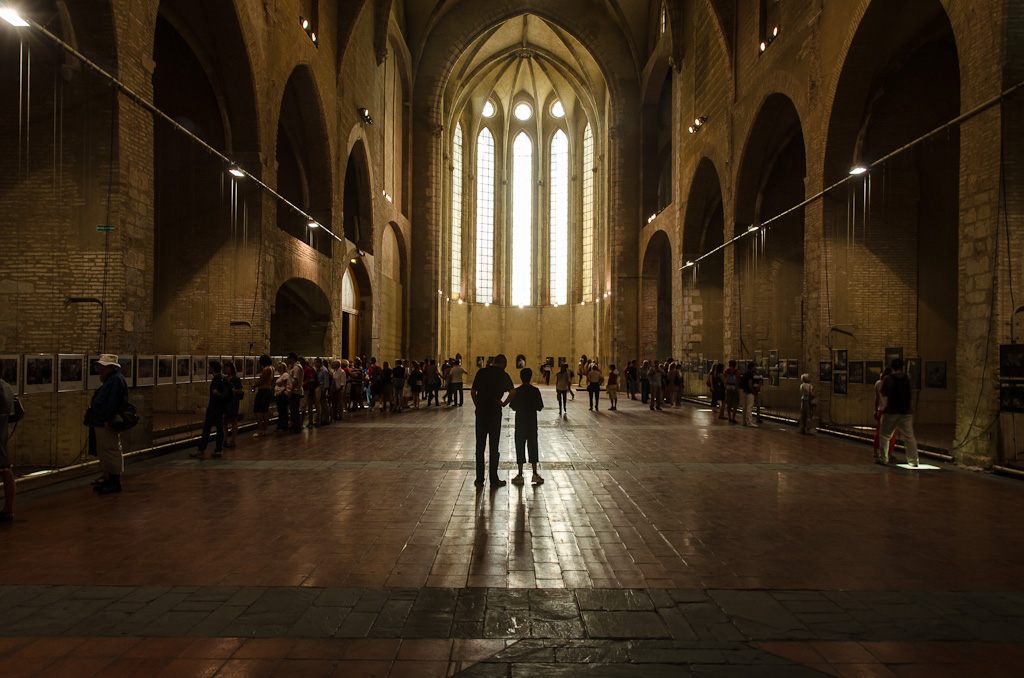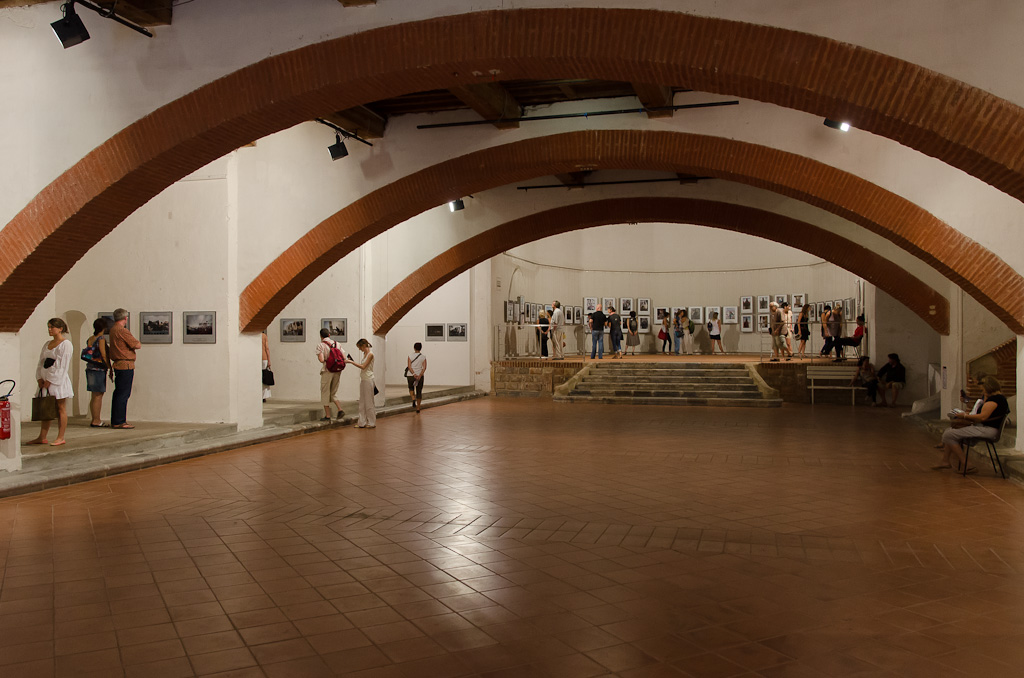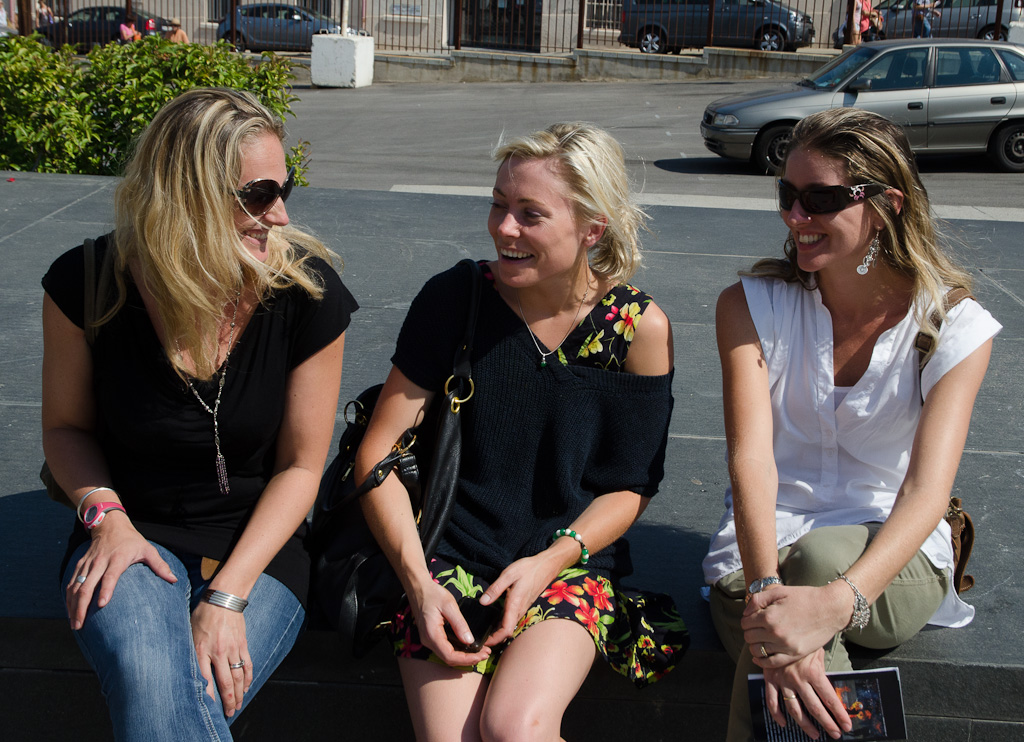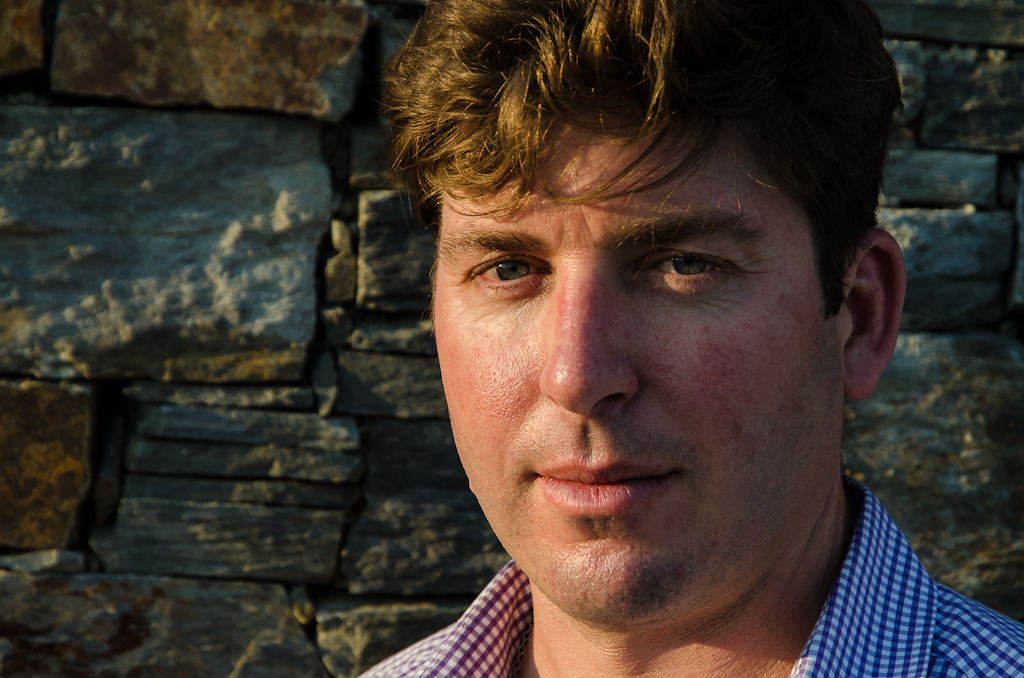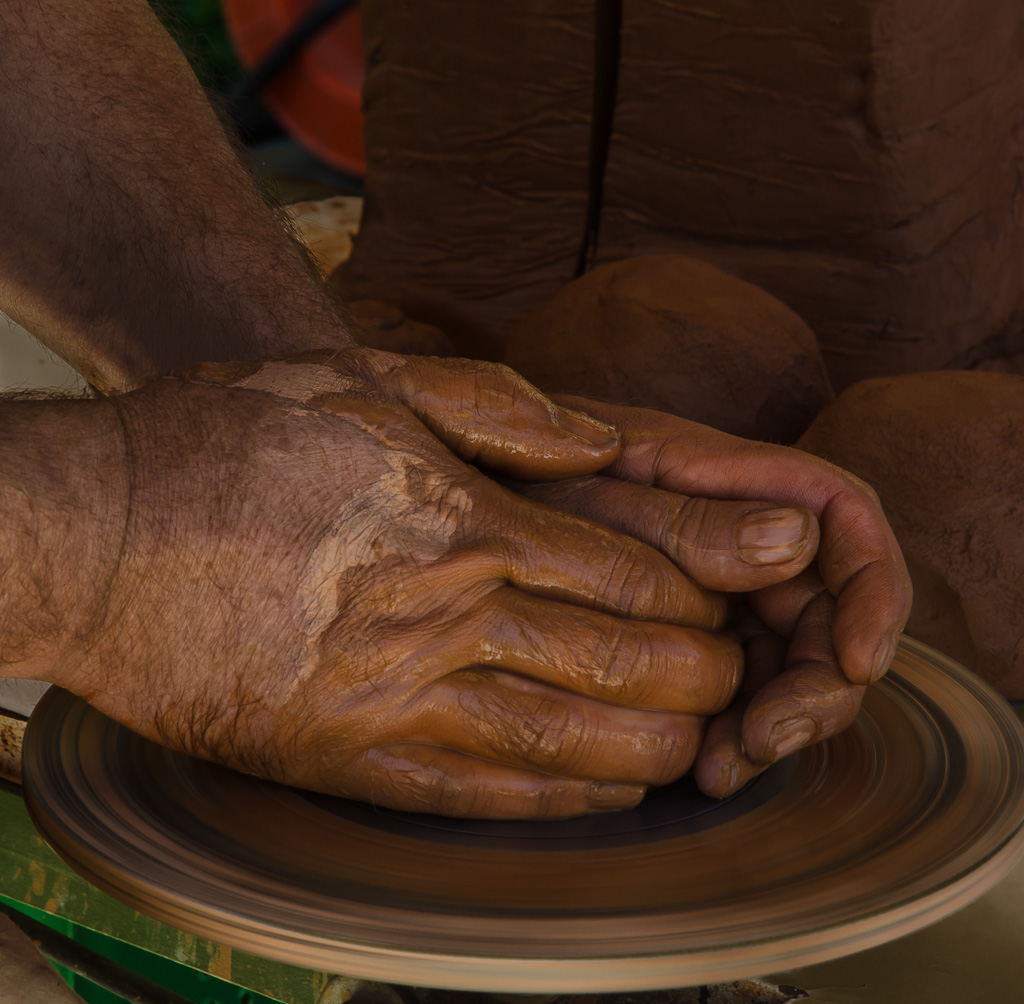I just looked at my Facebook page and found that I was born, went to college, and then the next thing that happened to me was in 2009. Now I understand this is only Facebook’s version of history but it bothered me enough to get me to sit down and write, which is how I try to work out things that are bothering me. And I am indeed bothered by the idea that our current obsession with the personal and the immediate will cause us to lose sight of others and of the past. It seems to be a natural extension of the democratization of criticism, which has made peer reviews far more powerful than those of professional critics, but has also enabled an overpowering solipsism that makes everyone the center of his own universe. If you are your world, you have no need of the knowledge that came before. I’m a bit uncomfortable with that.

I’ve been noodling around with Instagram lately and reading about the power of social media for photographers and I get much of it. I know it’s a new world out there and if I were pursuing a career in photography I would be taking advantage of all these tools. It’s different now than it was for me. Now you don’t build a portfolio piece by piece and haul it around to magazine editors and agency art directors; now you populate your various feeds, build your online audience and parlay that into assignments for which you might even be paid. Some of that really appeals to me.
When I was a young photographer, I would get physically ill (slight exaggeration) at the sight of the Time-Life Building, but would force myself to go there twice a year to visit picture editors and solicit assignments. I had moderate success, but there’s no doubt that my discomfort didn’t encourage people to want to work with me. I got work because I was well trained, skillful and respected the craft. Here’s a tip of the hat to Greg Peterson, who taught me almost everything I know about the craft of photography.
Digital has, of course, made the craft less important, which will no doubt appeal to the arbiters of art, but it’s also bringing the standards of commercial photography much closer to art photography, which has never been concerned with craft.
So now we get kids with iPhones covering large corporate events, posting the images to their Instagram and Twitter feeds and not really expecting to be paid. It’s a great deal for the sponsoring and distribution corporations who don’t have to pay for content, but here’s the kicker, it works because that’s where their target audience is.
In the old model, corporations and their agencies would hire photographers to create pictures promoting their products and services, and then buy space in the media to distribute the images. This would not only allow the commercial photographers to make a living, it would enable the media outlets to hire professional photojournalists to tell the world’s stories. This chain is breaking; it’s not totally gone but we’re headed that way. I remember when stock photo agencies started to introduce royalty-free images; the argument in opposition was that it would turn photographs into a commodity. That certainly proved to be true, but now we’re going beyond that and getting close to a world where all photography is free and, after that, other forms of content.
I understand the argument for free dissemination of information; I just don’t understand how the content creators will be able to put food on the table.
Time for lunch.









